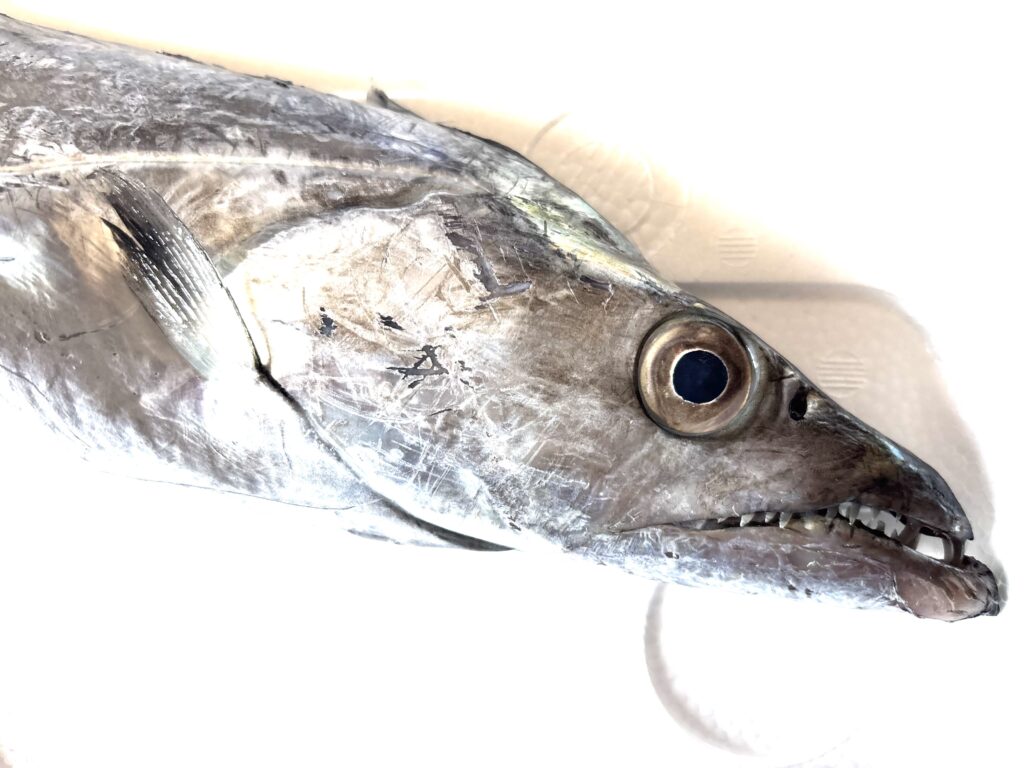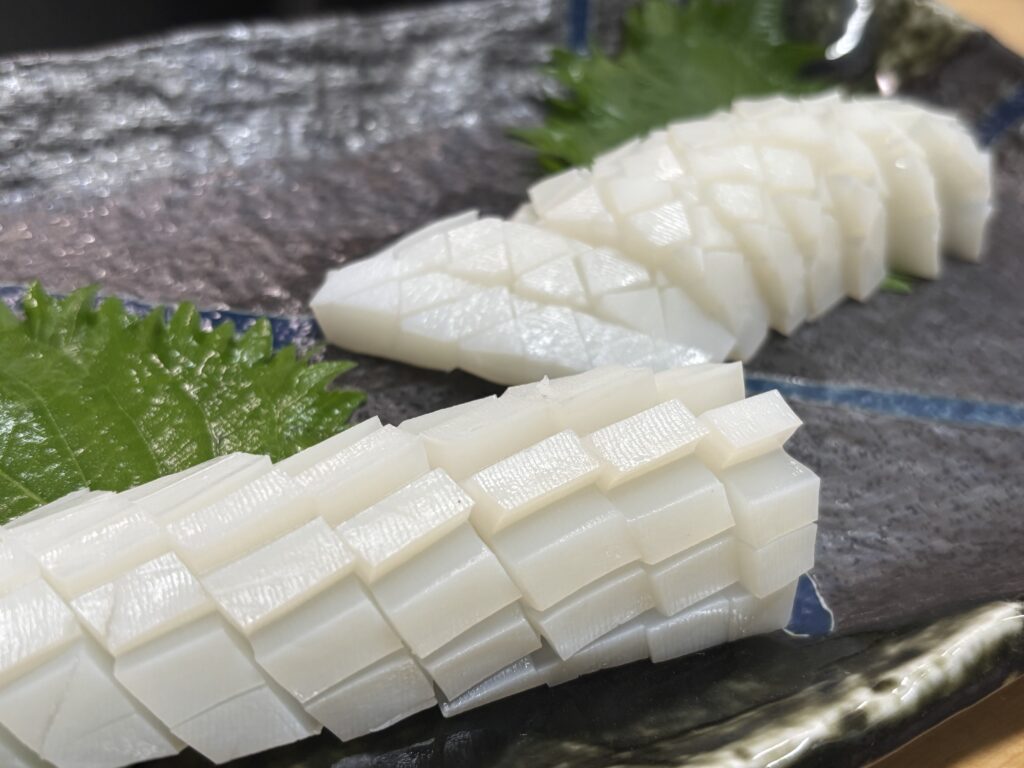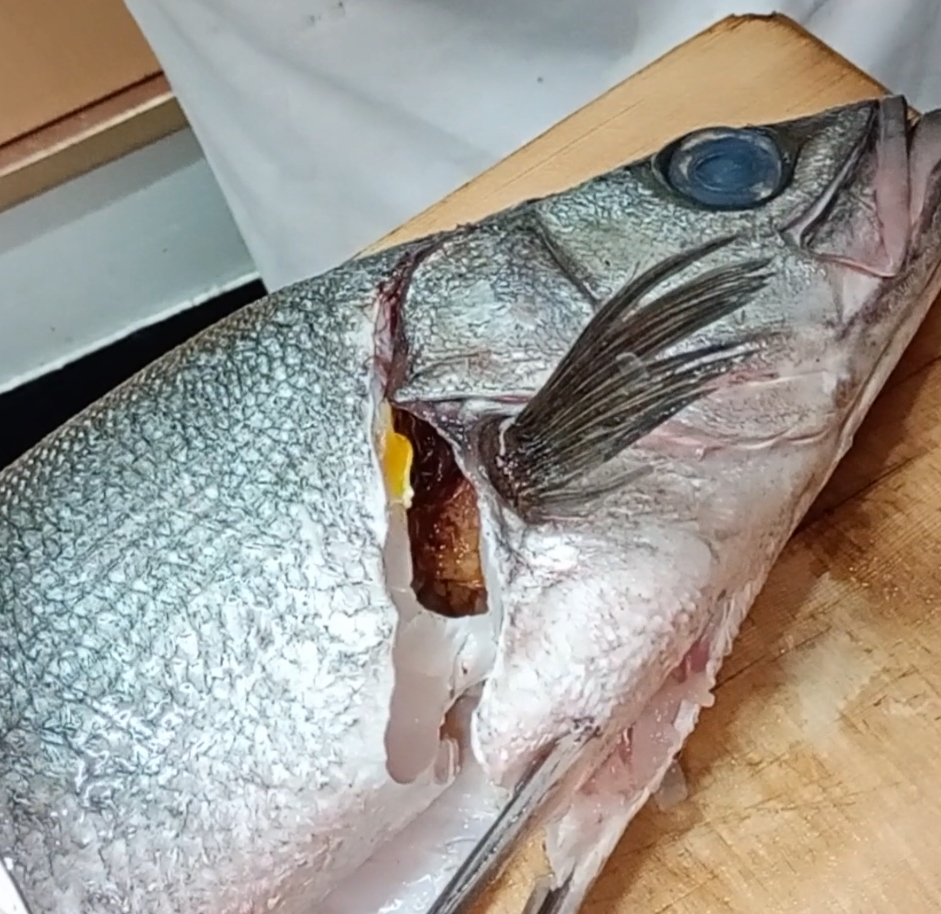Contents
- 1 Introduction: A Nation Shaped by the Sea
- 2 The Tradition of Respect: “Itadakimasu”
- 3 From Tuna to Seaweed: Redefining Ocean Superfoods
- 4 Innovation Meets Tradition
- 5 The Role of Sushi Chefs as Ocean Guardians
- 6 Community-Based Fishing and Revival
- 7 Challenges and the Global Stage
- 8 Conclusion: The Sea as Teacher
Introduction: A Nation Shaped by the Sea
Japan is an island nation, and its story begins with the sea. For centuries, the ocean has nourished its people, inspired its art, and defined its culture. From sushi masters in Tokyo to fishermen on Hokkaido’s icy shores, seafood is not just a food source—it’s a way of life. But as the global appetite for fish grows, Japan faces a new challenge: how to preserve the bounty of its waters without losing its soul.
The Tradition of Respect: “Itadakimasu”
In Japan, every meal begins with the word “itadakimasu,” meaning “I humbly receive.” This small phrase captures a deep respect for life—human, animal, and environmental. For centuries, Japanese fishermen have practiced sustainable methods without even naming them as such. They took only what was needed, honored the season, and used every part of the catch. This quiet ethic of respect is now resurfacing as the world searches for balance between consumption and conservation.
From Tuna to Seaweed: Redefining Ocean Superfoods
While bluefin tuna has long been the king of sushi, attention is shifting toward more sustainable species—mackerel, sardine, squid, and sea bream. Japan’s coastal communities are also rediscovering seaweed, a renewable and nutrient-rich “ocean vegetable.” Kombu, nori, and wakame are low-impact crops that absorb carbon and nurture marine ecosystems. Around the world, seaweed farms inspired by Japanese methods are now hailed as the future of sustainable food.
Innovation Meets Tradition
Japanese technology is redefining what it means to fish responsibly. Satellite-based vessel tracking, selective nets that minimize bycatch, and AI-driven aquaculture are helping Japan balance tradition and innovation. From Tokyo’s Tsukiji legacy to the new Toyosu Market, even the country’s seafood auctions are becoming more transparent and eco-conscious. Sustainability is no longer an abstract goal—it’s a tangible part of Japan’s culinary identity.
The Role of Sushi Chefs as Ocean Guardians
Today’s sushi chefs are more than artisans—they are educators and advocates. Many now refuse to serve endangered species, instead championing lesser-known fish or plant-based alternatives. Some collaborate directly with local fishermen to ensure traceability and freshness. Through their craft, they remind diners that every piece of sushi carries a story—from the hands that caught it to the sea that gave it.
Community-Based Fishing and Revival
In small fishing villages along the Seto Inland Sea and northern Hokkaido, communities are reviving ancient co-op systems called “gyokyo.” These groups manage local waters collectively, ensuring that fishing remains sustainable for future generations. Supported by both government and private initiatives, this model is becoming a blueprint for coastal preservation across the world.
Challenges and the Global Stage
Despite progress, challenges remain. Climate change alters migration patterns; overfishing pressures remain high. Yet Japan’s leadership in marine science and eco-certification is paving a path forward. The country’s “blue economy” vision integrates sustainability, food security, and cultural continuity—an approach that could guide other nations navigating the same turbulent waters.
Conclusion: The Sea as Teacher
Japan’s relationship with the ocean has always been one of gratitude, not dominance. As global discussions turn to sustainability, Japan’s seafood culture offers timeless wisdom: take only what you need, honor what you take, and give back to the sea. In the end, the future of fishing will depend not on technology alone—but on rediscovering the respect that Japan has whispered for centuries through every “itadakimasu.”
![Tuna [Types / Cuts / Season / Buying / Recipes / Sustainability]](https://shikisai.biz/wp-content/uploads/2025/09/IMG_0817-1024x578.jpeg)



